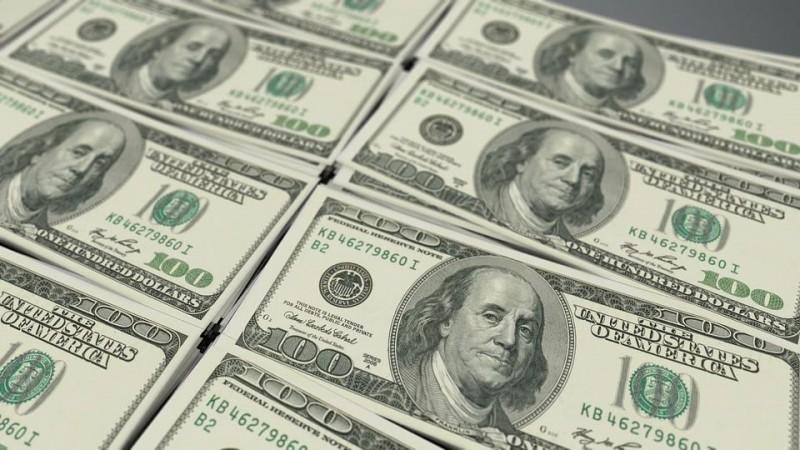For a few months, the Indian rupee has been falling against the US dollar, reaching a record low of 79.72 earlier this week. Analysts are debating whether the native currency could continue to weaken in light of the dismal fundamentals as a result of this.
The rupee dropped 9 paise to close at a fresh record low of 79.90 versus the US dollar on Thursday. That was very close to the next significant psychological threshold of the 80-to-1 dollar rate. Today, its rate is at the 79.72 mark.
The rupee was trading at 79.8788 to the dollar on Wednesday, creeping closer to the 80 levels. Now that the country is struggling with significant inflation and the cost of basic necessities is sharply rising, things are getting worse for the average person.
Nirmala Sitharaman, the Union Finance Minister, has asserted that the Indian rupee is substantially better positioned than other foreign currencies against the dollar.

Here's how it will affect Indian Consumers
According to Nasdaq data, the Indian rupee has hit fresh lows more than 27 times since February, when Russia invaded Ukraine, including six times this month. India's economy, which is heavily dependent on imports, may feel the heat of a weakening rupee as a result of inflationary pressures. The spending choices of households with less extra cash may be impacted.

A lower rupee will increase the cost of importing products because payments for those goods must be paid in dollars. Consumers will be forced to spend extra on everything from smartphones to packaged foods that have been cooked in oil. Additionally, the cost of their travel and international education will increase.

















